Leading market players are investing heavily in research and development in order to expand their product lines, which will help the Digital TV Market, grow even more. Market participants are also undertaking a variety of strategic activities to expand their footprint, with important market developments including new product launches, contractual agreements, mergers and acquisitions, higher investments, and collaboration with other organizations. To expand and survive in a more competitive and rising market climate, Digital TV Industry must offer cost-effective items.
Manufacturing locally to minimize operational costs is one of the key business tactics used by manufacturers in the Digital TV Industry to benefit clients and increase the market sector. In recent years, the Digital TV Industry has offered some of the most significant advantages to medicine. Major players in the Digital TV Market, including Samsung Group, Metz, Koninklijke Philips N.V., Hisense Corporation Ltd., AT&T Inc., Sony Corporation Changhong, LG Corporation, Loewe, DISH Network, Verizon FiOS, Funai, TCL, Vestel, Roku, Vizio Incorporation, Skyworth, and Konka, are attempting to increase market demand by investing in research and development operations.
System-on-chip (SoC) solutions for digital homes, optical storage discs, wireless communication equipment, and analogue products are designed, developed, and sold by MediaTek Inc (MediaTek). Multimedia integrated circuits (ICs), high-end consumer ICs, computer peripheral ICs, and various application ICs are all part of the company's product line. Additionally, MediaTek offers chipsets for Blu-ray and optical disc players, feature phones, voice assistants, Android tablets, and smart TVs. The business provides enterprise and residential customers with software and hardware application creation, testing, maintenance, and consulting services.
Singapore, China, India, the US, Japan, Korea, the UK, Finland, Sweden, Germany, the Netherlands, Dubai, and Poland are among the countries where the company has sales and R&D teams. The headquarters of MediaTek are in Hsinchu, Taiwan. MediaTek debuted its TV SoC Dolby Vision IQ with Precision Detail in March 2022. For TVs with Dolby Vision IQ, a brand-new cutting-edge feature called Precision Detail has been released. It works with MediaTek's Pentatonic series for 8K and 4K smart TVs.
Technology components and products are designed and developed by Intel Corp (Intel). Microprocessors, chipsets, embedded processors, microcontrollers, flash memory, graphic, network, and conferencing solutions are all included in the company's product line. Additionally, it provides motherboards, SSDs, servers, wireless connection equipment, software, and applications. Original equipment manufacturers, producers of industrial and communication equipment, and producers of original designs are the customers of Intel. The company's goods are used in desktops, servers, tablets, and laptops. Under the brand names Core, Quark, Atom, Celeron, Pentium, Xeon, and Itanium, Intel sells processors. The corporation conducts business in Taiwan, the US, China, and Singapore.
The US city of Santa Clara serves as the home of Intel. A strategic alliance to produce semiconductors utilising Intel Foundry Services' (IFS) advanced process technology was announced by Intel and MediaTek in July 2022. Through the addition of a new foundry partner with sizable capacity in the United States and Europe, the deal was created to assist MediaTek in creating a more balanced, resilient supply chain.
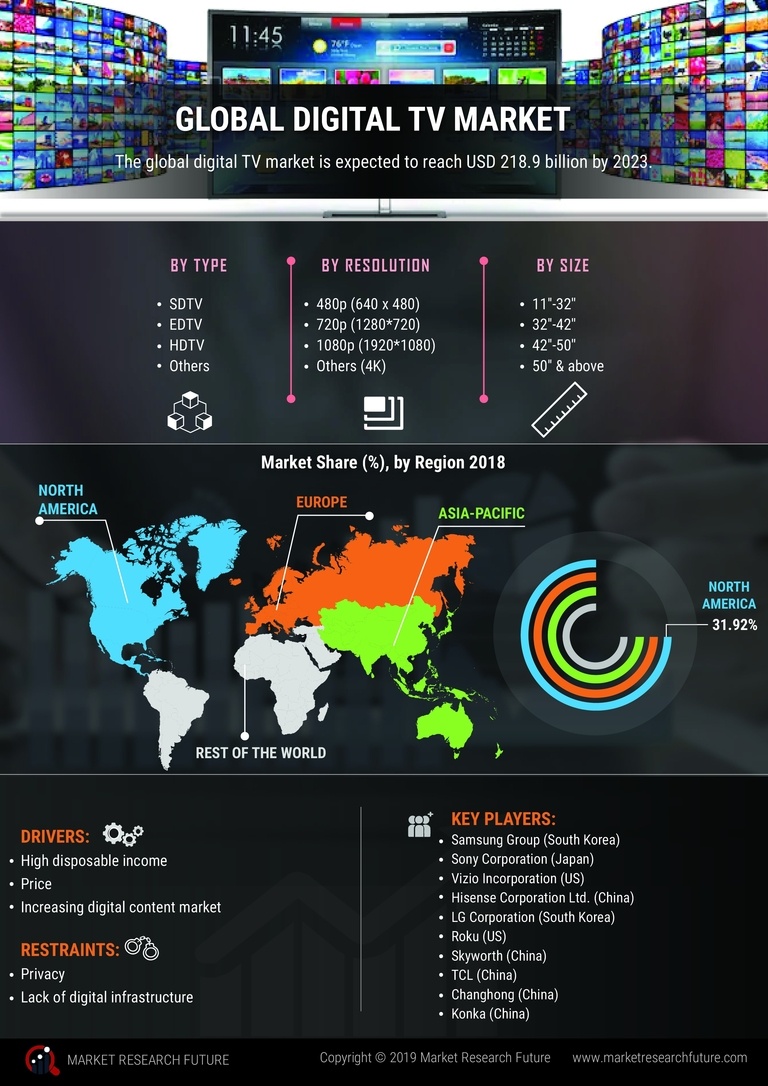
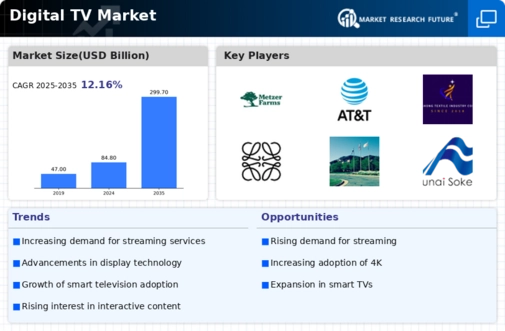
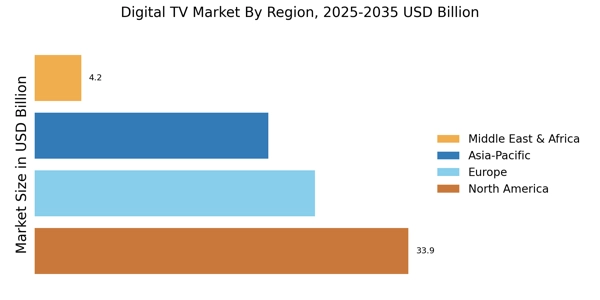

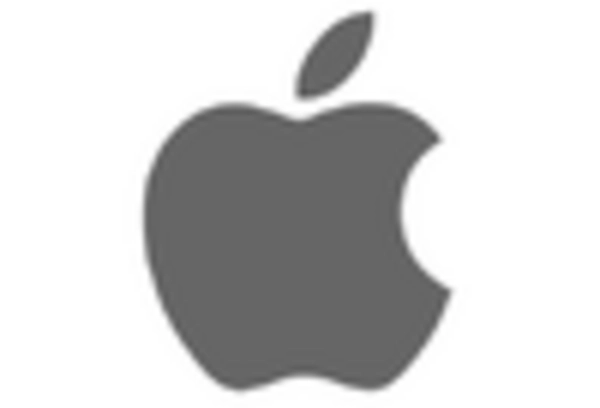

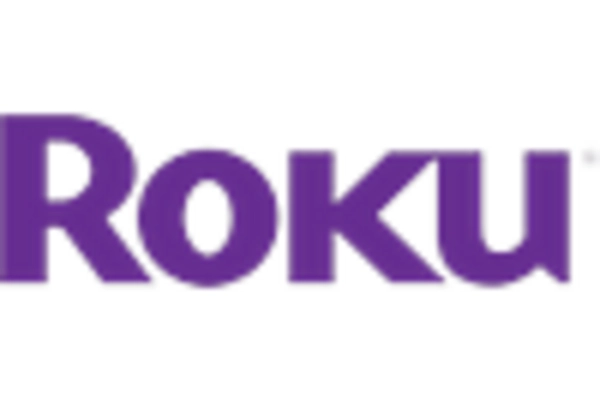

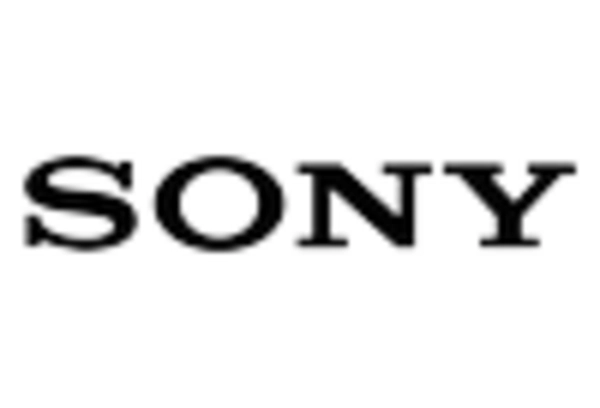








Leave a Comment